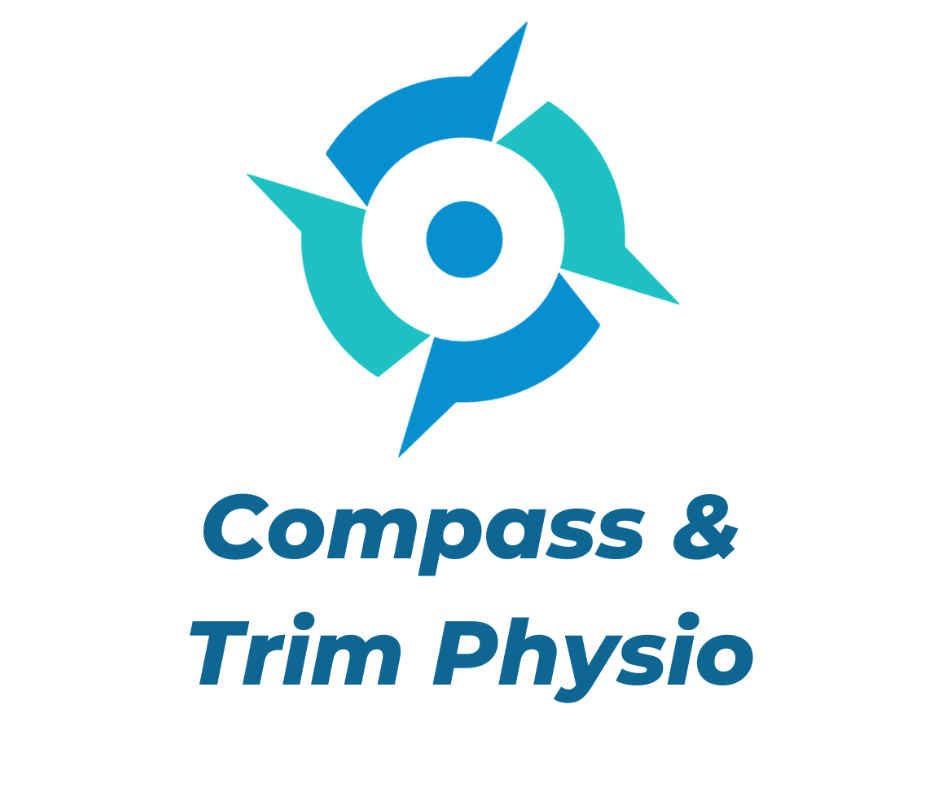What are the hamstrings?
They start at the sitting bone, deep to your glutes and attach below your knee.
What do the hamstrings do?
The hamstrings have a couple of key roles
Bend the knee
Slow the knee down as it straightens when you are walking/running
They also help with extending the hip joint
When do we use the hamstrings?
The hamstrings are engaged when we do activities such as walking, running, bending, kicking, lungeing and many more.
They normally work in conjunction with other muscle groups to help control movement.
One of the main roles is to help maintain control around the pelvis, moving it to a position that optimises our movement.
What might i feel before I injure my hamstring?
What are the hamstring Injury Types?
Grade 1: A mild strain – few muscle fibres torn. Presents as pain and tenderness at the back of the thigh but on testing of the muscle strength there may only be a small reduction in power
Grade 2: Moderate strain/tear – significant number of fibres torn. More painful and tender. May present with swelling and bruising and also weakness on muscle power testing
Grade 3: Complete tear – this means the muscle has been torn completely. Client may have felt a popping sensation when running and will have pain tenderness++ and bruising along with significantly reduced muscle power.
How to manage my hamstring Injury in the early stages?
P – Protect
O – Optimal
L – Loading
I – ICE
C – ICE
E – ICE
Avoid stretching in the early stages.
As soon as possible you begin a gentle strengthening programme using simple exercises such as
Progressing your Rehab:
Under the guidance of a chartered physiotherapist you will be given a graded set of exercises that will allow you to gradually build up your strength and return to your chosen sport
Reducing the Risk of it Happening Again:
Strength is key with hamstrings and evidence shows that eccentric hamstring exercises such as nordic hamstring curls do reduce the risk of re injury
A “Strong” hamstring which is mobile is the ideal scenario.
How Can Physiotherapy Help?
If you are finding it hard to complete regular exercises due to pain, fatigue or simply time schedules speak to us at Compass Physio.
Exercise is for everybody. At Compass physio we will complete a full physical assessment and will help identify any possible underlying causes that may limit your exercise regime.
Our chartered physiotherapists will help you to build strength and strategies which will help tackle any problem.
At Compass physio we will help you succeed and reach your goals.
To find out how Compass Physio can help, call 046 954 9456 (this number covers all clinics), click here to book online.
You can also email any questions to info@compassphysio.ie
Paddy Mulligan – MISCP Chartered Physiotherapist Compass Physio


